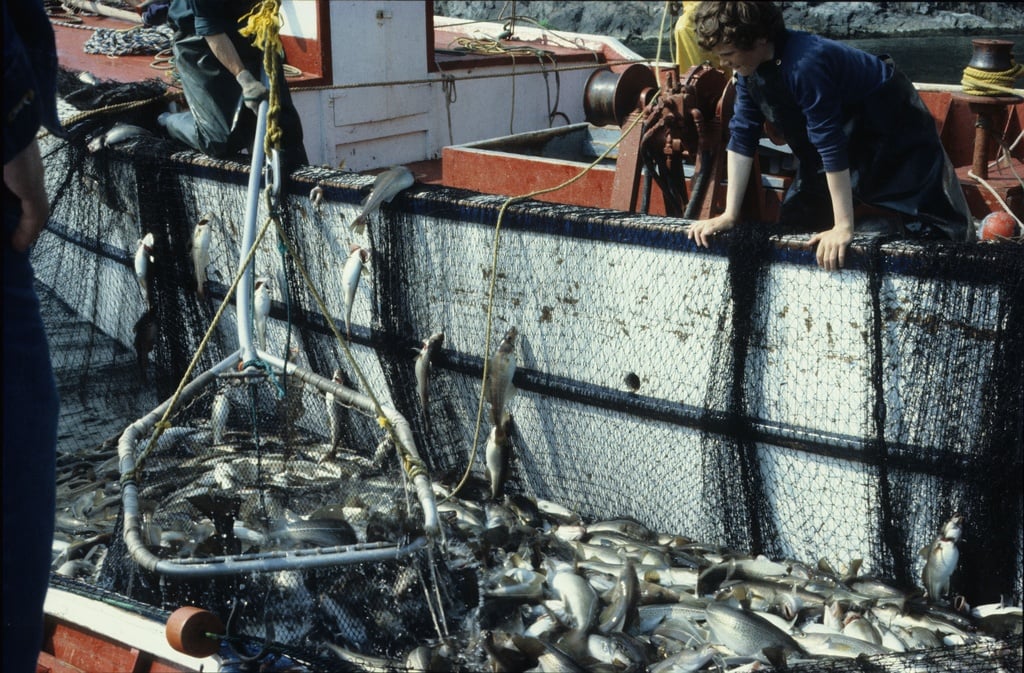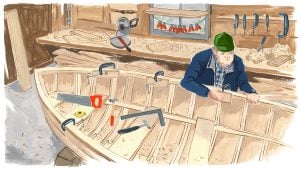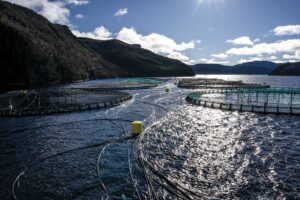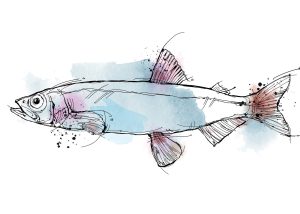“I hope politicians and bureaucrats in Ottawa have learned something, because I’ve learned something: the moratorium was the biggest catastrophe ever heaped on the people in this province, ever. Nothing has been as bad as this,” says Captain Saunders, an 80-year-old Inuk.
Seated in the wheelhouse of his longliner, docked in Pinsent’s Arm in late September 2021, Saunders speaks with the authority of someone with six decades of fishing experience, backed by centuries of hindsight.
“Newfoundland and Labrador people fished for 500 years and didn’t damage the stocks. What Canada done was an atrocity in my opinion. It ruined a way of life. It ruined culture. All the
stages, stage heads, they’re all falling apart, they’re all deteriorated — that’s the government did that.”
Zoom out from the captain’s wheelhouse and the Pinsent’s Arm wharf, and you’ll find the quiet remnants of that lost way of life. Adjacent centre stage, where today’s performance is taking place, is the old wooden community fishing wharf. Further afield, a grounded schooner sits upright, its wheelhouse like a headstone marking its final resting place. On the gravel road into Pinsent’s Arm, another schooner, its wooden bones faded grey, sinks into a grassy knoll alongside a collapsed fishing shed. Similar remnants of past lives mark similar resting places all along this coastline. They serve as reminders that the fish weren’t the only population to plummet; 10 per cent of the province’s population left in the decade following the moratorium.
Today, while the population of every other province — and Canada as a whole — grows, Newfoundland and Labrador’s population declines. And yet, there are days like this one, on wharves like this one, when fishermen land their cod and the orchestra still plays.










